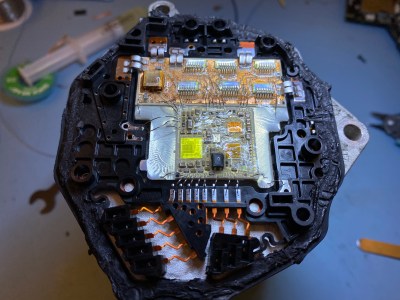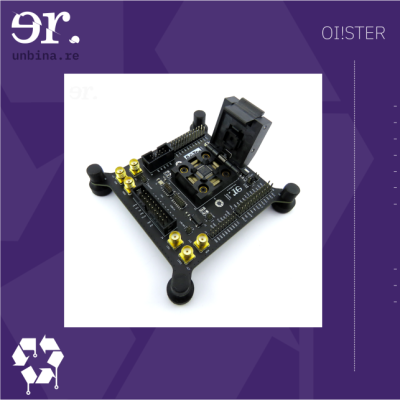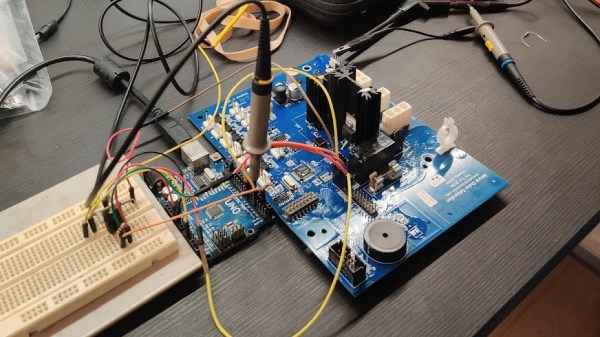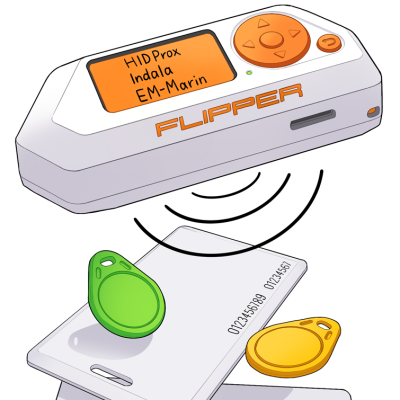Talking over the year in review on the Podcast, Tom Nardi and I were brainstorming what we thought was the single overarching trend in 2021, and we came up with many different topics: victories in the right to repair, increasingly dystopian service contracts, a flourishing of cyberdecks, and even greater prevalence of reverse engineering style hacks. And then we realized: they are all different faces of the same beast — people just want to own the devices that they own.
Like Dr. Jekyll and Mr. Hyde, our modern Internet-connected-everythings have two sides. On one side, we get so much additional functionality from having everything on the net. But on the other, if your car is always connected, it gives Toyota a means to make you pay a monthly fee to use a car fob, and if you have to use Cricut’s free online service to upload designs to the cutter, they can suddenly decide to start charging you. It allows Samsung to not only spy on whatever you’re currently watching on your smart TV, but to also brick it if they want to. More and more, we don’t actually own (in the sense of control) the devices that we own (in the sense of having purchased).
We don’t have to take it lying down. On the one hand, consumer protest made Cricut walk back their plans, and may do the same with Toyota. We can achieve a lot, collectively, by just talking about our grievances, and letting the firms in question know how we feel — naturally also with our wallets. But as hackers and all-around techie types, we can do even more. When something is broken because of a bad service, we can often fix it with firmware or by standing up our own version of the service. We can pwn them.
But there’s even more to the cyberdeck and the extreme DIY movements of the last few years than just the defense against lock-in or the liberating of hardware. There’s also the pride of truly owning something because you made it. Not just owning it because you bought it, or owning it because you control it, but owning it because you understand it and because you gave birth to it.
Whichever way you’re into owning your own, I think that’s the single overarching trend of 2021 — both on the positive and proactive side and the negative and reactive. Talking about it, reverse engineering it, or building it yourself, 2021 was the year of owning it.





 Unbinare’s tools are designed to work in harmony with each other, a requirement for any productive reverse-engineering effort. OI!STER is a general-purpose salvaged MCU research board, with sockets to adapt to different TQFP chip sizes. This board is Maurits’s experience in reverse-engineering condensed into a universal tool, including a myriad of connectors for different programming/debugging interfaces. We don’t know the board’s full scope, but the pictures show an STM32 chip inside the TQFP socket, abundant everywhere except your online retailer of choice. Apart from all the ways to break out the pins, OI!STER has sockets for power and clock glitching, letting you target these two omnipresent Achilles’ heels with a tool like ChipWhisperer.
Unbinare’s tools are designed to work in harmony with each other, a requirement for any productive reverse-engineering effort. OI!STER is a general-purpose salvaged MCU research board, with sockets to adapt to different TQFP chip sizes. This board is Maurits’s experience in reverse-engineering condensed into a universal tool, including a myriad of connectors for different programming/debugging interfaces. We don’t know the board’s full scope, but the pictures show an STM32 chip inside the TQFP socket, abundant everywhere except your online retailer of choice. Apart from all the ways to break out the pins, OI!STER has sockets for power and clock glitching, letting you target these two omnipresent Achilles’ heels with a tool like ChipWhisperer.













